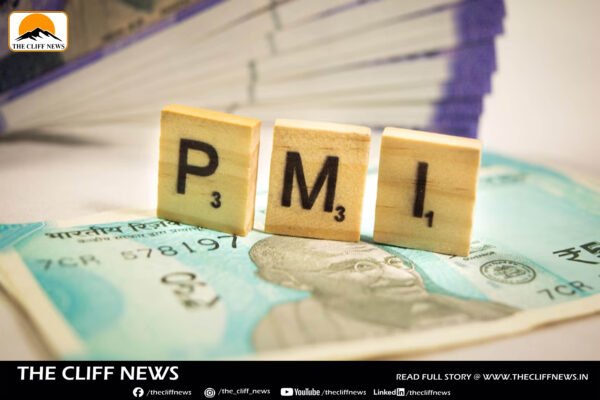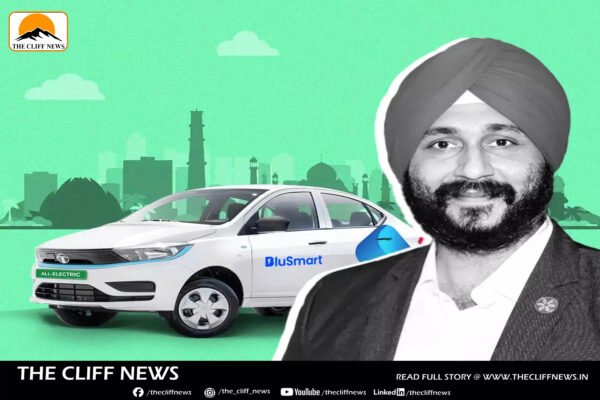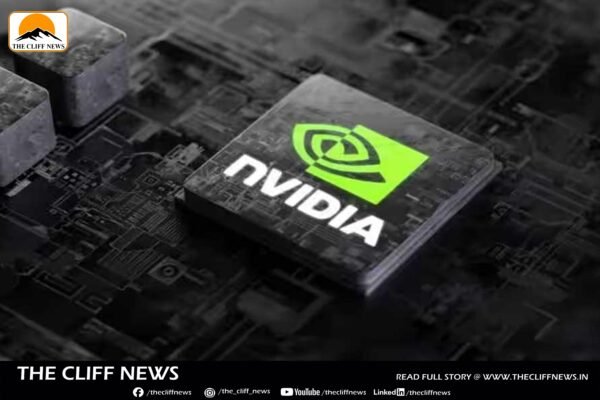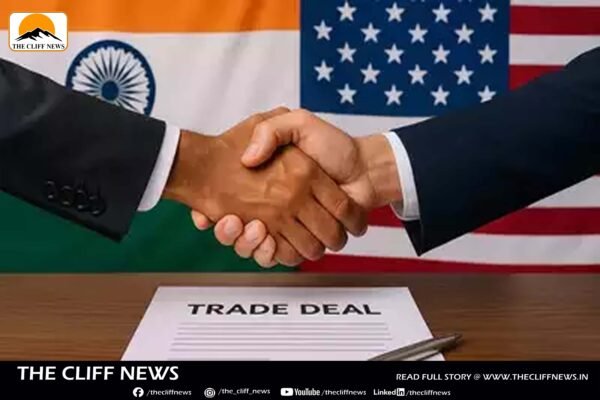India’s Private Sector Growth Hits 8-Month High in April Amid Export Surge, But Business Confidence Softens
India’s private sector kicked off the new fiscal year on a high note, with growth in April reaching an eight-month peak driven by strong demand and a remarkable surge in foreign orders for manufactured goods. However, despite this robust start, business confidence showed signs of moderation, reflecting global uncertainties and trade tensions. According to the HSBC Flash India Composite Purchasing Managers’ Index (PMI), compiled by S&P Global, the index rose to 60.0 in April from 59.5 in March — the highest reading since August. A score above 50 indicates expansion, signaling healthy momentum in both manufacturing and services sectors. The manufacturing PMI climbed to 58.4 from 58.1, marking the strongest performance in a year. Meanwhile, the services PMI increased to 59.1 from 58.5, a four-month high, reflecting higher new business and improved output. A key factor behind the upbeat numbers was a sharp rise in new export orders, especially in manufacturing, which recorded its most substantial increase in over 15 years. This export boost is largely attributed to a 90-day pause in tariff implementations by US President Donald Trump, following his April 2 announcement of sweeping tariffs targeting multiple countries. “New export orders accelerated sharply, likely buoyed by the 90-day pause in the implementation of tariffs,” said Pranjul Bhandari, chief India economist at HSBC. She noted that India is increasingly positioning itself as a global manufacturing alternative to China, which remains affected by high US duties. The uptrend in foreign demand spurred not only output but also hiring. Employment rose across sectors, with manufacturers registering the highest job creation since the survey began in 2005. This hiring surge was in response to growing capacity pressures. Cost trends presented a mixed picture: input price inflation quickened in manufacturing but eased in services compared to March. Nonetheless, strong demand enabled firms to pass higher costs to customers, resulting in a more pronounced increase in selling prices, particularly in manufacturing. While the current data paints a picture of a strong economic rebound, analysts caution that softening business sentiment and external uncertainties — such as global trade policies — could pose challenges to sustaining this momentum in the months ahead.










